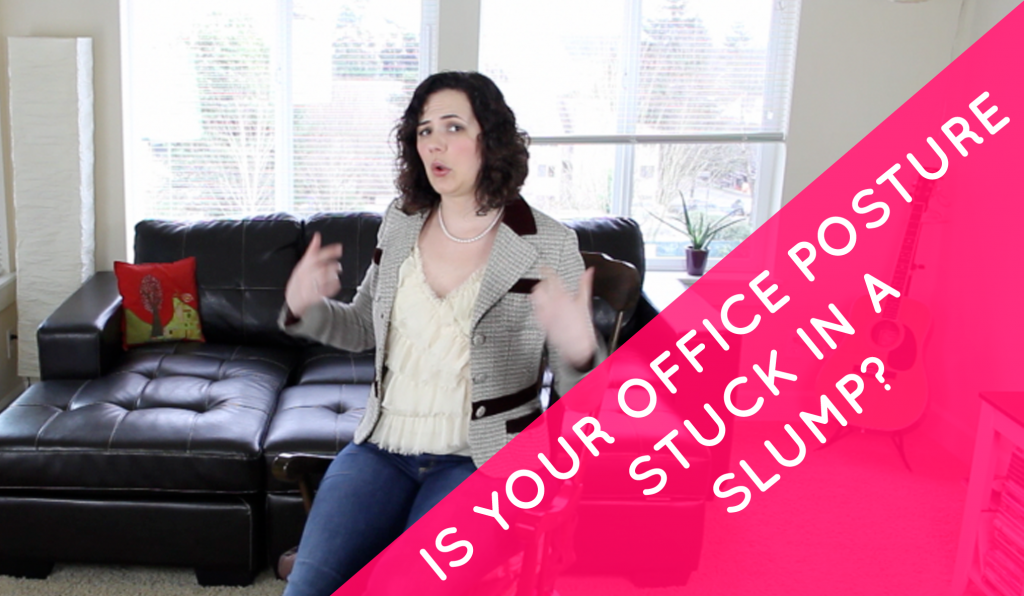Do you feel like no matter how much stretching you do, your hamstring flexibility never increases?
Tight hamstrings continue to be one of the most common complaints that I hear about, and there’s a reason why focusing solely on hamstrings will quickly reach a point of diminishing returns.
Nothing in the body functions in isolation. To lengthen the back line of your legs, other systems (i.e. muscles and fascia) have to accommodate movement of the hip joint, pelvis and spine.
That’s what we’ll look at in today’s Weekly Reboot, plus I’ll show you two exercises you can use to mobilize these “secret” muscles that affect hamstring flexibility so you can get more stretch out of your efforts.
What Other Muscles Are Making Your Hamstrings Tight?
How Do Tight Hamstrings Affect Your Body?
Restricted hamstring mobility, or, more accurately, restricted movement in forward flexion (meaning when you bend down to touch your toes), can be a big problem. It hints at deeper mobility issues in the hips and pelvis that, as you age, can turn into real problems that prevent you from doing simple things like putting on your socks or picking up lint from the floor (because lint collection is very important, you know).
Also, tension in the myofascial network around the hip joint puts strain on the lumbar spine, over-burdening the deep psoas muscle of your core and causing digestive issues, lower back pain and even feelings of fear and anxiety. A healthy, functioning psoas is juicy, fluid and soft, massaging your internal organs with every movement, and its inherent connection to your body’s innate fear response makes this muscle a very useful gauge for gut feelings and intuition.
But when the psoas has the additional burden of supporting your pelvis, functioning almost like a strut for your spine (which is – or should be – much more like a springy slinky than a Roman column), you’re likely to experience dissociation from your body, ongoing low-grade anxiety or fear, limited range of motion and flexibility, and a whole host of other symptoms that typically aren’t linked to postural imbalance until symptoms become so burdensome that the body sets off its red alert system – pain.
How Can You Augment Your Hamstring Flexibility?
To get more mileage out of your hamstring stretches, you have to look at other muscles that affect hip mobility, especially the adductors. When we look at the anatomy of the hip, we can see plainly that the adductor group attaches along the long, straight bone at the base of the pelvis, the same bone to which the the hamstrings attach at the back.
When you bend forward, this bone sweeps back and up as the top of your pelvis rotates forward and down. If your adductor muscles, some of which are very large and all of which are quite strong, aren’t used to lengthening, they won’t be able to allow this kind of movement of your pelvis. So, no matter how much you stretch those hamstrings, if your adductors are tight, you’re not going to gain much flexibility.
Two Exercises to Open Your Adductors
1. Dynamic Deep Lunge
The deep lunge will lengthen your hamstrings and your quads when you hold it in a static position, but when you move dynamically from side to side, you open up the entire fan of muscles around the hip joint, including your adductors. Adding in dynamic movement also engages your nervous system, which is helpful for stretching adductors because they tend to be super strong and not overly responsive to static stretches, unless you’re very patient.
From your hands and knees, step your right foot up next to your right hand. Push off your left knee and stretch your left foot behind you, toes curled under. Sink hips as low as possible. Walk yourself around so that your left leg is in front, right foot extended behind you, sinking into the stretch for a moment. Return to the start and repeat as many times as you like.
2. Ballet Squat
This movement teaches your body to engage the glutes and lengthen the adductors while supporting your weight. Again, the dynamic movement helps you to develop new neural pathways with long adductors instead of keeping them short and tight.
Stand with your feet about two to three feet apart, depending on your height. Turn your feet out to the side 45 degrees, or more if you have the flexibility. Pressing your knees firmly out, sink down into a squat as far as you can go. Place your hands on the outsides of your knees for proprioceptive feedback to help you engage your glutes and turn your knees out.
Once you’ve worked to open up your adductors, return to hamstring stretches and notice your increased mobility. I find it also helps when folding into a forward bend to imagine those adductors lengthening as much as I focus my attention on the hamstrings extending. Attention is key.
[sc name=”ppfl-cta”]



